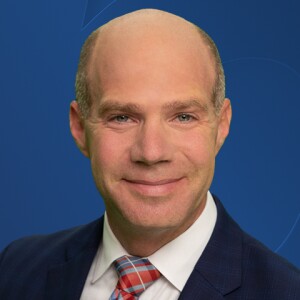SAN DIEGO (KGTV) - National News Literacy week begins Monday, Jan. 24. To mark the occasion, the News Literacy Project and the EW Scripps Company have joined forces to help people learn how to be better consumers of news.
"It is a big problem," says Peter Adams, the Senior VP of Education for the News Literacy Project. "Our information environment has exploded in size and complexity over the last ten years."
Adams says the News Literacy Project focuses on teaching people the core tenets of journalism. That helps them identify the differences between unbiased reporting and content with an agenda.
"We teach the importance of independence and transparency, what the processes of verification are, what a well-sourced story looks like, and then teach people how to look for those signs and signals of credibility," he says.
Adams says people get deluged with misleading content designed to look like news. He calls that development "troubling" in a time where news literacy is already low.
According to data from the Pew Research Institute, only 26% of US adults could correctly classify five factual statements when they were presented to them. Only 35% could correctly classify five opinion statements.
Adams says those numbers highlight the need for news literacy.
"In an environment where people are weaponizing distrust, and trying to use people's misunderstanding of journalism, and trying to foster cynicism against the press as a political tactic, that's increasingly alarming," Adams says.
To help improve people's ability to critically examine the content they consume, the News Literacy Project has a handful of tools on their website. They offer podcasts, newsletters, quizzes, and apps.
They also offer an online course called "Checkology."
"It's a collection of challenges, quizzes, and exercises that let people practice news literacy in a safe setting," Adams says. "We go back to the basics of what makes standards-based information credible - the foundations of quality journalism."
Checkology is free and available to anyone who wants to take the course. But Adams says most people who use it are teachers in middle and high schools. He says around 1,600 educators actively use Checkology in their classrooms, teaching more than 50,000 students how to become better news consumers.
Chelsea Saldivar teaches it to her journalism students at Hidden Valley Middle School in Escondido.
"Now the kids are flooded with so much more information," Saldivar says. "Having those critical thinking skills to see if the media is factual, or if it's biased, or if it's something they can trust is so important,"
Saldivar says her students that take Checkology become better at critical thinking across the board. She's noticed standardized test scores in reading comprehension increase after taking the course.
Most importantly, she says, it helps the kids understand that what's presented to them on social media or from other "news" sources isn't always the truth.
"It's been cool to see them develop as little budding journalists," she says. "And to see them think more critically about different things that they're coming across."
For Adams, it's a lesson he hopes everyone can learn.
"Our press freedoms are partially what's what's made our democracy strong for hundreds of years," he says. "So this is incredibly important."




